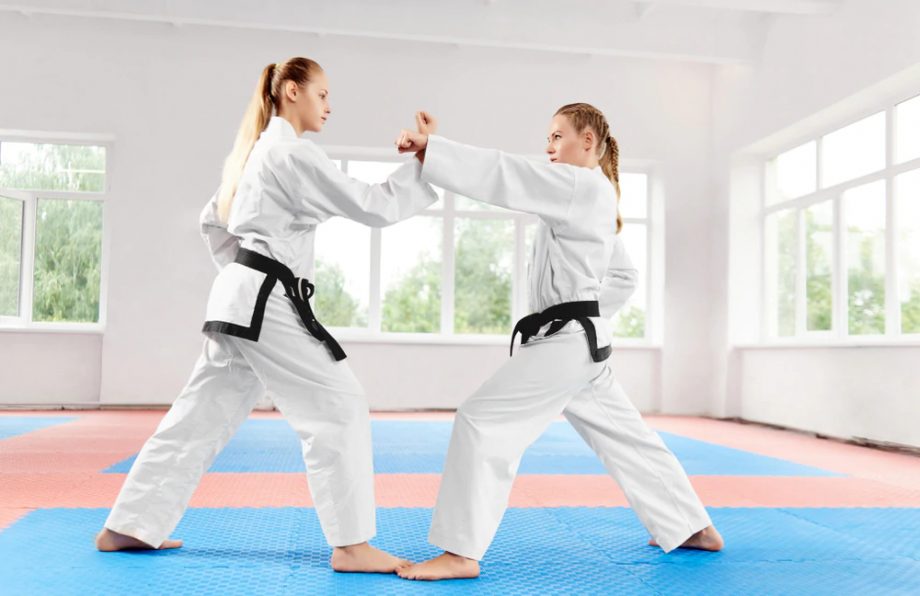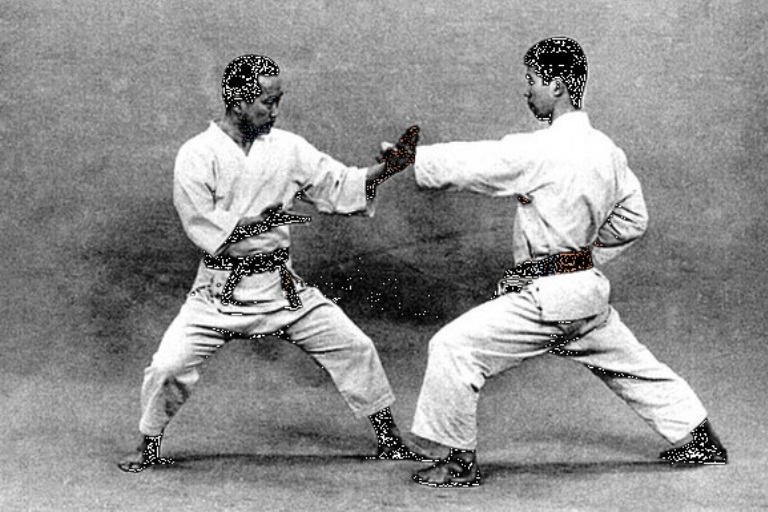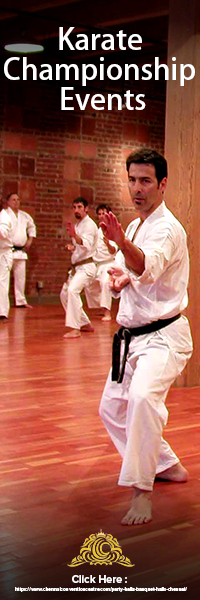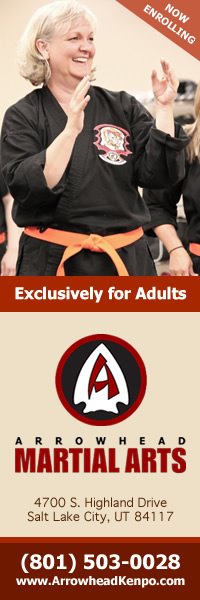Karate’s History And Fundamentals
Karate’s history and fundamentals can be traced back to Okinawan combat techniques, Chinese martial arts from the south, and Japanese influence. The origins of Karate are linked with an old symbol called “Te” or just “hand,” which shows a clear connection between two different cultures in China and Okinawa!
Karate’s history and fundamentals date back to the 17th century. Who did not create karate styles until three centuries later when combined with Chinese martial arts during Japan’s occupation of Taiwan in 1895-1896. There are currently six main karate styles: Shotokan, Shitōkan (Shitō), Wadokei iaido ryu Kishinkai Shorinji kempo Kyokushinkaikan Genseiryu Kenkyukai Motobu ha Chito Ryu Seidokaikan Goju Kai
Many call the “Father of Modern Karate” responsible for bringing this ancient martial art to Japan, where it was popularized and modernized. Known as Funakoshi Gichin, he taught Okinawan children before becoming an instructor in Tokyo at age 26. His students became some of the first Japanese karate practitioners with famous names like Kenwa Mabuni, Miyagi Chojun (founder’s teacher), Choshin Chibana, and Motobu Choki, all teaching under him during his time there.
In the years leading up to World War II, Karate was introduced as a topic in Japanese schools and men serving in the army were frequently educated on its practice. It led to the origin of karate institutions providing karate club programmes for students, leading to competitions occurring and distinct fighting styles.
Karate classes became an educational staple in pre-war Japan alongside traditional subjects like mathematics or history at the public elementary school level. In contrast, during military service, it became customary that soldiers be trained with this martial art form due mainly because they found it useful both defensively and offensively.
When the United States military occupied Japan following World War II, many Japanese people were practising and teaching martial arts. One of these was Karate which became increasingly popular in America during the 1960s with many immigrants coming from Okinawa to live there.
Karate Fundamentals:
Some of the more popular martial arts today are karate, judo, tae-kwon do and taekwondo. Karate focuses on combat techniques like punching and kicking as well as joint manipulations.
This passage wants to highlight what makes a particular style of martial art different from others while still telling you about them in general terms because it’s only supposed to be two sentences long – but they’re not doing too great with either! The first sentence says “karate” does this or that without defining it further, so now we don’t know if these other styles also do those things; moreover, when describing any discipline in such brief detail, there isn’t much room left distinguishing features at all.
The Three Primary Sections Of Karate Training Are:
Karate is a martial art that has three primary sections of training:
- Kihon, the study and practice for fundamental techniques, movements, and elements such as punches or kicks;
- Kata-or form-a set of connected moves in which are embodied combative principles from sparring to self-defence against an opponent;
- Kumite-sparring -the progression between well-defined katas to full-on attack/defence with another person taking initiative
The Belt And Ranks’ Uniforms And Colors:
The Karate uniform comprises a Kimono, Dogi or Keikogi (pants), and white belt. The colour of the practitioner’s belt is determined by their rank and experience, with White belts being for beginners while Black Belts are for the highest ranks according to popular belief; however, this may vary from one organization to other colours remain the same. Even within each rank, there can be subdivisions based on skill level.
Variations And Styles:
Traditional karate styles first emerged in the early twentieth century, and they all have their unique touches. Shotokan, Goju-ryu, Wado-ryu, Shito-Ryu, Kushin Ryu and Chindo Jinen ryku exemplify this fighting category. Kyokushinkaikan is a style created from full-contact Karate, which means it has no rules limiting punches or kicks during competition bouts as long as there’s consent to do so by both opponents. Kanshiryu also falls under this group but emphasizes grappling techniques like joint locks (choking)and throws rather than strikes.







